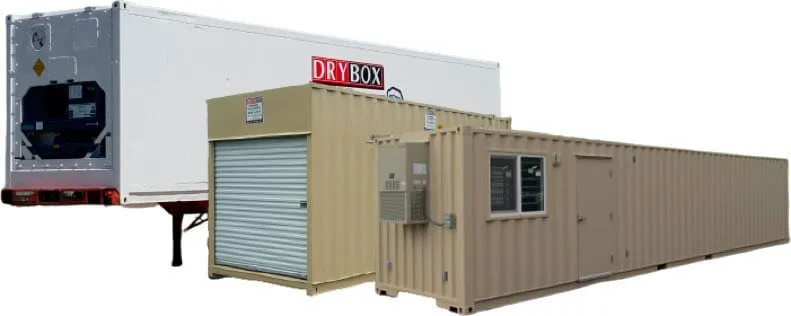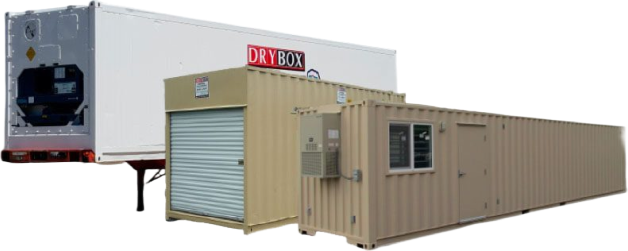Need secure onsite storage, a mobile office, or a custom container solution like a container cabin or guard shack? We offer new and used shipping containers for sale and storage container rentals to all areas of Washington, Oregon, Idaho, Montana, Utah, Nevada, Colorado, & Wyoming.

Need temporary storage for your home or business? Rent a shipping container to secure your tools, equipment, or inventory. Our container rentals have steel construction, large cargo doors and ground level access. Storage container rentals start at $95/month.
Need more onsite storage? See our wide selection of new and used shipping containers for sale! Choose to buy conex box containers sized 10ft to 53ft or purchase modified containers with delivery to your property. Best shipping container prices in the Pacific Northwest.
Need temporary office space for your business? Try our portable container offices for immediate use with ground level access. Our mobile shipping container offices are secure and don’t require extensive site preparation. Next-day delivery of office containers available!
Need extra cold storage for your business? Dry Box has portable refrigerated containers for rent or to purchase in Oregon and Washington. These plug-and-play reefer containers are perfect for keeping food, beverages, medicine, and flowers cool and fresh.
Dry Box offers common shipping container modifications like windows and doors including roll-up doors. These upgrades turn a standard shipping container into a useful shop, shed or cabin. We can also make custom modifications to your specifications.
Shipping container delivery is available in Washington, Oregon, Idaho, Montana, Utah, Nevada, Colorado, & Wyoming. Our cutting-edge delivery trucks can delivery 10, 15, or 20 ft containers into much tighter spots than most traditional container delivery trailers.
Storage Containers for Rent in Oregon, Washington, Idaho, Montana, Utah, Nevada, Colorado, & Wyoming
New & Used Shipping Containers for Sale in Oregon, Washington, Idaho, Montana, Utah, Nevada, Colorado, & Wyoming

Yard Address
2021 E Marc St
Tacoma, WA 98421
Cell: 206-339-8309
Office: 253-272-0902
Branch Manager, Aaron Norlin
aaron@drybox.com
Yard Address
14631 N
Bybee Lake Ct
Portland OR 97203
Cell: 503-822-7550
Office: 503-946-9744
Branch Manager, Wayne Vigre
wayne@drybox.com
Yard Address
2820
W 500 S
Salt Lake City, UT 84104
Cell: 801-515-2875
Office: 801-505-0002
Branch Manager, Clarence Wright
clarence@drybox.com
Yard Address
8414
W Geiger Blvd
Spokane, WA 99224
Cell: 509-496-8704
Office: 509-606-2699
Branch Manager, Ryan Earle
ryan@drybox.com
Yard Address
421
Keys Rd.
Yakima, WA 98901
Office: 509-209-9856
Branch Manager, Rafael Brambila
rafael.b@drybox.com









Come to one our 5 yards in Washington, Oregon, Utah & Idaho to pick your cargo container. Our yards in Portland, Tacoma, Chehalis, or Post Falls, Idaho are open to the public so you can pick your shipping container in person if you desire.
